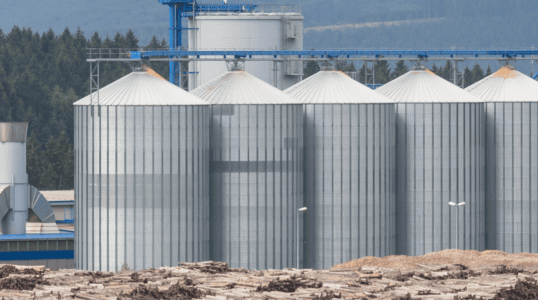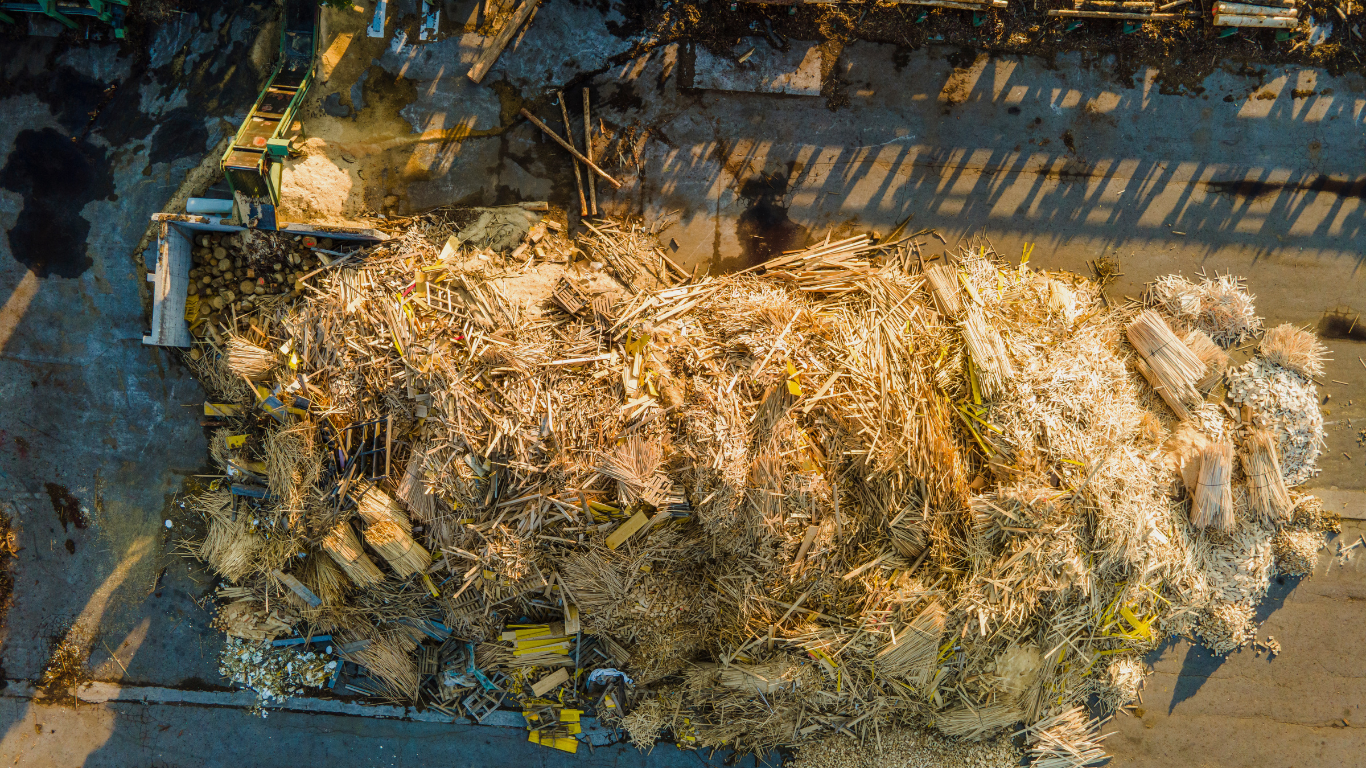Biomass refers to organic matter, such as wood, crops, or waste, that can be burned or converted into fuels, such as ethanol or biogas.
Sustainable biomass is produced and used to minimise environmental and social impacts, such as using waste materials, planting fast-growing trees, or applying best practices for land management. Sustainable biomass can play an essential role in decarbonising the energy sector.
Cofiring sustainable biomass with coal can be done in several ways, and the use of biomass in standard PF boilers, circulating fluidised bed boilers, gasification, and even use as bio-coke in steel production have all been implemented at commercial scale or trialled.
Sustainable biomass co-combustion is a well-accepted and practical approach that can be integrated into existing power station infrastructure, including coal or gas-fired.
There are three types of biomass cofiring
-
The biomass is burnt directly in the existing coal furnace. Direct cofiring can be done either by pre-mixing the raw solid biomass (generally in granular, pelletised, or dust form) with the coal in the handling system or by milling it and directly injecting it into the pulverised coal firing system.
-
The biomass is first gasified before the resulting syngas is combusted in the coal furnace.
-
The biomass is burnt in separate boilers, with “utilisation of the steam produced within the main coal power station steam circuits.”
Keeping coal in the fuel mix is helpful as it increases the heating value of the fuel mix and can increase the overall energy conversion efficiency. Cofiring is an option to convert biomass to electricity efficiently and cleanly and to reduce greenhouse gas (GHG) emissions of the power plant as it replaces 20-50% coal with biomass and produces less sulfur dioxide (Sox) and nitrogen oxide (NOx).

Advancements in biomass cofiring with coal
Currently, biomass cofiring is used to make coal plants seem less polluting in the near term as utilities prepare to cofire and eventually convert the nation’s coal fleet to ammonia.
There have been significant advances in the cofiring of biomass with coal worldwide.
Several Asian countries, such as Japan, China, and South Korea, have already started implementing cofiring technologies.
There is potential to convert much of the world’s coal-fired fleet to cofiring biomass.
These advancements show that biomass cofiring is becoming an increasingly important strategy for reducing greenhouse gas emissions from the power sector.
Case Studies
-
Indonesia
In Indonesia, the government and state utility plan to implement cofiring at 52 coal plants across the country by 2025. This initiative will require the creation of a large-scale biomass production industry. There is potential for biomass cofiring in 114 units of coal power plants with a total capacity of 18.1 GW spread across various locations in Indonesia. This initiative can directly contribute to the share of new and renewable energy (NRE) in the national energy mix by 2025.
-
China
Coal power exceeds 1800 GWe, of which half is in China, and 36 GWe currently uses solid biomass as a secondary fuel. More cofiring could help curb CO2 emissions from fossil-fuelled plants across the world.
